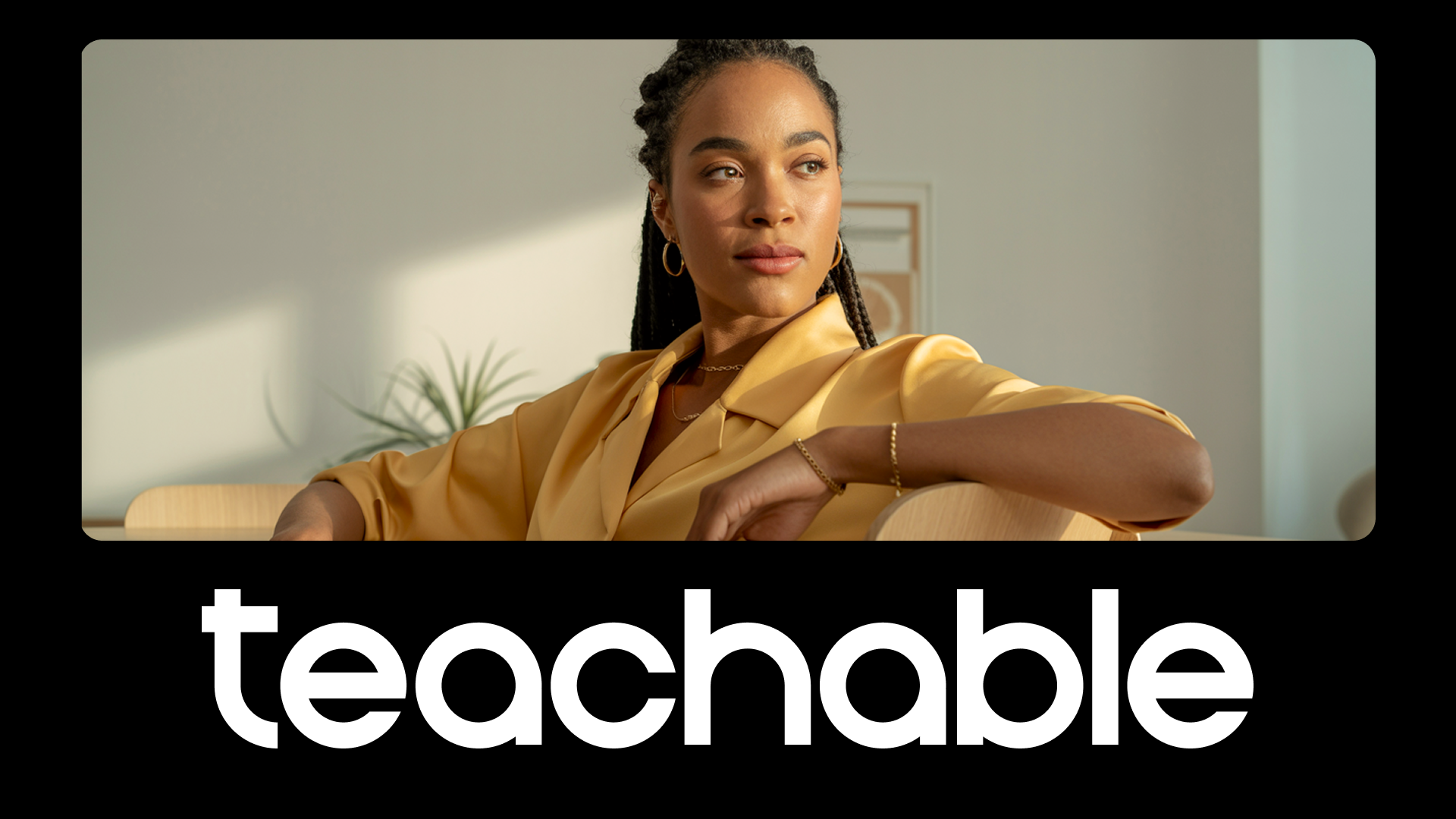Using AI to create parts of your course can be a speedy and efficient way to get organized and ready to launch a final product. With Teachable’s integrated AI course generator, you can easily have a concise course outline in seconds.
While there are many different tools that can be specifically beneficial to creators, it’s also true that the genius of AI is limited to the depth of instructions that it’s given. It’s a skill in and of itself to know what questions to ask and which directions to give the AI so that it produces the best results possible. If you want to improve the quality of its output, then look no further than the prompts that you’re inputting. Luckily it’s pretty straightforward to learn how to up your prompt game. Read on to find out how!
{{aiprompts-component="/blog-shortcodes/blog-popup"}}
Best practices for using AI
If you’ve never used AI before, you might not know what to expect. Here are our tips for creating the best prompt possible for AI.
Get clear on your intention
Having a specific goal in mind for what you’re creating is essential for you and the AI tool you’re using. What do you aim to teach with your course? What value will your students gain from this course? What specific skills or understanding will they walk away knowing after completing the course? Consider these questions when setting your intention.
Share your intention with the AI
This is a simple but important step. The more information that you include in your prompt, the more on-target the output will be. AI is looking for your intention, so clearly stating it is a helpful way of getting more specific results. This can be as simple as starting the prompt with “Today we are creating a course outline that focuses on XYZ.”
Be as specific as possible
Specificity is key to helping the AI understand what you’re looking for. For example, if your course has to do with teaching others how to improve their mindset you can get very specific. Instead of prompting with “Write a course outline about improving your mindset” try using something like “Write a course outline that explains what mindset is, how it impacts your daily life, and how to replace negative subconscious beliefs with positive ones.” This will provide an output that gives you a lot more to work with.
Details, details, details
It’s likely you have some idea of how long you want your course to be. So include what subtopics are essential to include, and/or any niche-specific language that needs to be included. Tell the AI all of this in your prompt!
Double-check your prompt for errors
It may seem obvious, but checking for spelling and grammar errors can go a long way in ensuring that the AI is receiving information that is as clear and concise as possible.
Revise and revisit
Keep in mind that you can revise the first or second (or more!) prompts that you input to get a more specific and aligned output. Play around with tweaking the prompts and you’re likely to get even better results. You can do this by changing verbs, rephrasing certain words or sentences, and adding more details about the overall goal or intention of the course.
Example prompt for using AI
You can input as many details as you want, but make sure to include these essentials:
- Who is the course for? (You can include a problem that your audience is experiencing that the course will help solve)
- What is the overall aim of the course?
- What are the learning objectives that each module will cover? (It’s okay if you don’t know every single one!)
- Optional: length of course and any niche-specific language that you’d like to include
For example, instead of inputting “Create a course outline for doing a yogic headstead” this prompt will give you a much more concise output: “Create a course outline for a 4-week course for beginner yogis on how to build muscle tone and balance so that they can do a headstand. This includes learning poses that increase balance and strengthens the core muscles. It also focuses on the mental aspects of overcoming fear to practice the inversion.”
{{aicurriculum-component="/blog-shortcodes/blog-cta"}}
Try it yourself
As with anything new, learning to hone your prompts is a skill! Keep at it and before you know it, you’ll be generating outputs that were better than you could have imagined on the very first try. Then, take what AI gives you and make it your own so you stay true to your brand.
Join more than 150,000 creators who use Teachable to make a real impact and earn a real income.



.png)



.png)

